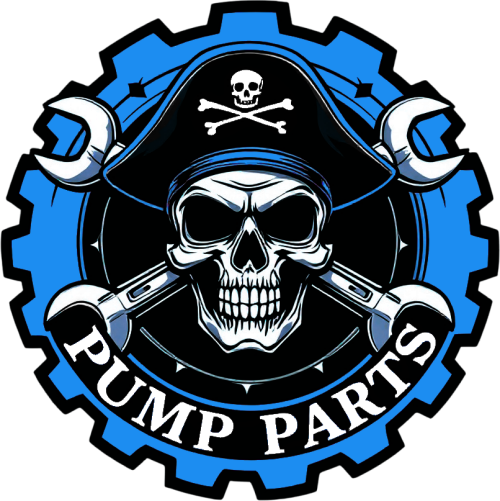
The Truth About Costs:
Original Parts vs. Pirate Parts
in Mechanical Engineering

The choice between original and pirated parts in mechanical engineering can significantly impact operating costs, efficiency, safety, and overall machine performance. While pirated parts may seem more cost-effective upfront, often costing a fraction of the price of genuine parts, this apparent savings can be misleading.

Let's Take a Closer Look:
- Quality and Durability
Genuine parts are manufactured to the highest quality standards to ensure optimal performance and longevity. In contrast, counterfeit "pirate" parts often use inferior materials and shoddy workmanship, resulting in shorter lifespans and more frequent failures.
- Repeated Repairs
Pirate parts, being of lower quality, are more prone to wear and defects, potentially leading to more frequent repairs and maintenance over time, which would increase overall costs.
- Downtime
Prolonged machine downtime caused by faulty pirate parts can result in production delays and revenue losses, potentially negating any perceived savings from the cheaper replacement parts.
- Inefficient Performance
Using inferior or pirated parts can compromise the performance of machinery, resulting in inefficient operation, increased energy use, and reduced product quality.
- Lack of Warranty and Support
The use of unauthorized or counterfeit "pirate" parts can often void the manufacturer's warranty and support for new equipment.
- Safety
Utilizing pirate components could lead to severe malfunctions and pose safety risks to individuals.
Using genuine replacement parts is often more cost-effective in the long run than relying on pirate parts. Genuine parts offer superior quality, durability, and reliability, which can translate to lower follow-up costs and a reduced total cost of ownership over the machine's lifespan. Businesses should carefully weigh this decision, as it can significantly impact the long-term profitability and efficiency of their operations.





